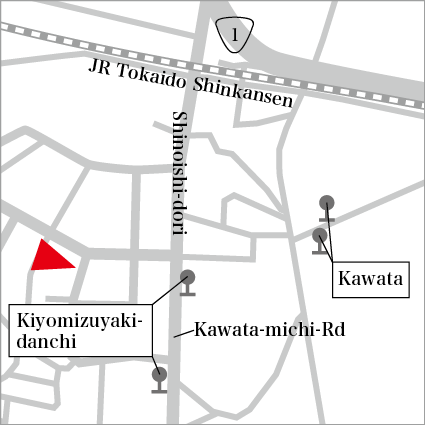KIYOMIZUYAKI no SATO Museum
- Highlight
- You might get to meet the much beloved mascot “Kiyomaro” who resides in Kiyomizuyaki no Sato!
A traditional craft of a city heavily associated with pottery
When potteries left Kyoto in an industry efficiency drive and over concerns about kiln-smoke pollution back in 1962, many of them relocated in Yamashina-ku, in an area now referred to as Kiyomizu-yaki-danchi, which also is home to this museum.
This museum permanently exhibits and showroom-sells handmade ceramic pieces made by studio potters and potteries. The works are all innovatively designed and imbued with fresh sensitivity but underpinned with the rich traditions of Kyo-yaki and Kiyomizu-yaki that can be traced back to the giants of this craft: Ninsei and Kenzan. The museum also houses the office of the Kiyomizu-yaki-danchi association as well as a studio where visitors can try out pottery, making coil pots or decorate bisque-fired pots (advanced booking required).
What is more, every year in October on the 3rd Friday, Saturday and Sunday, a big pottery fair “Kiyomizuyaki no Sato Matsuri” is held in the neighborhood, with more than 100 pottery stalls participating.
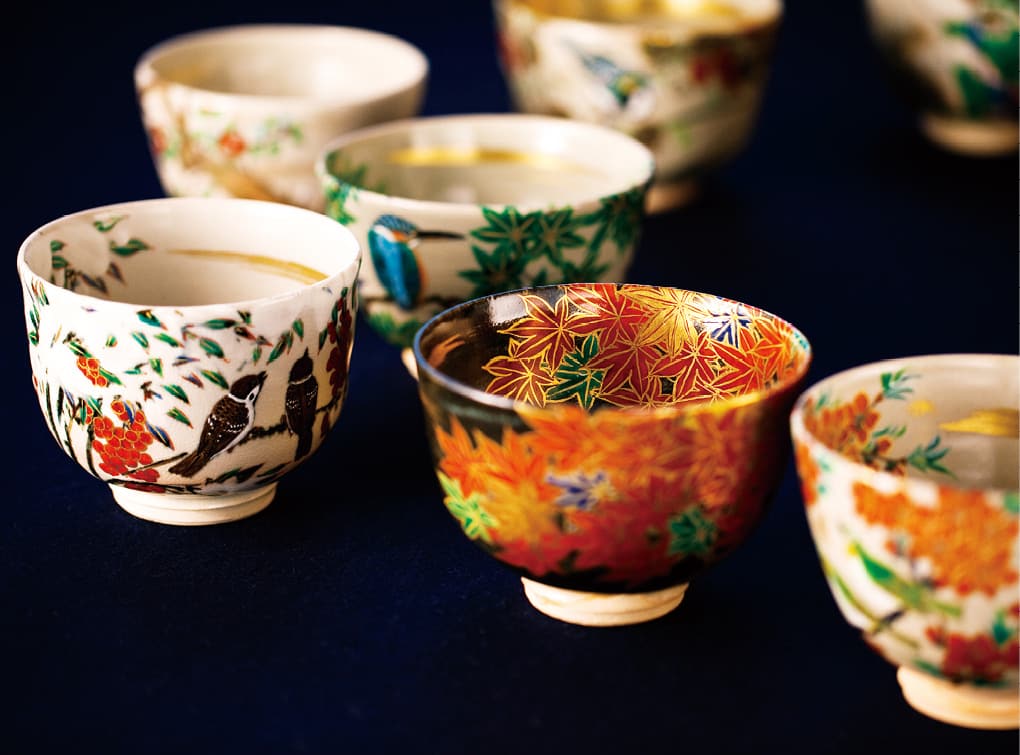
Kyoyaki-Kiyomizuyaki bowls
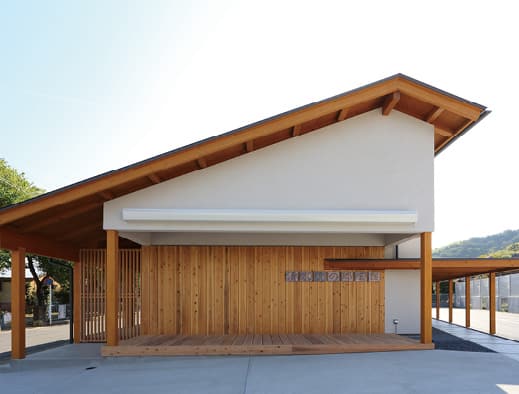
KIYOMIZUYAKI no SATO Museum
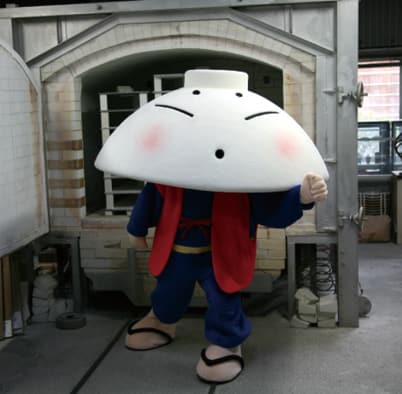
Kiyomaro, the Kiyomizu no SATO mascot
What outfit does “Kiyomaru” the mascot character wear?
| Address | 10-2 Kawata Kiyomizuyakidanchi-cho, Yamashina-ku |
|---|---|
| TEL | 075-581-6188 |
| FAX | 075-593-8120 |
| URL | http://www.kiyomizuyaki.or.jp |
| Hours | 9:00 ~ 17:00(10:00 ~ 17:00 on Sat, Sun, Nat Hols) |
| Closed | New Year Hols, Mid Aug |
| Adm | Free, craft taster charged and requires booking |
| Access | A 3-min walk from Kiyomizuyakidanchi Stop of Keihan Bus |
| Parking | Available (Free) |
Facilities near by
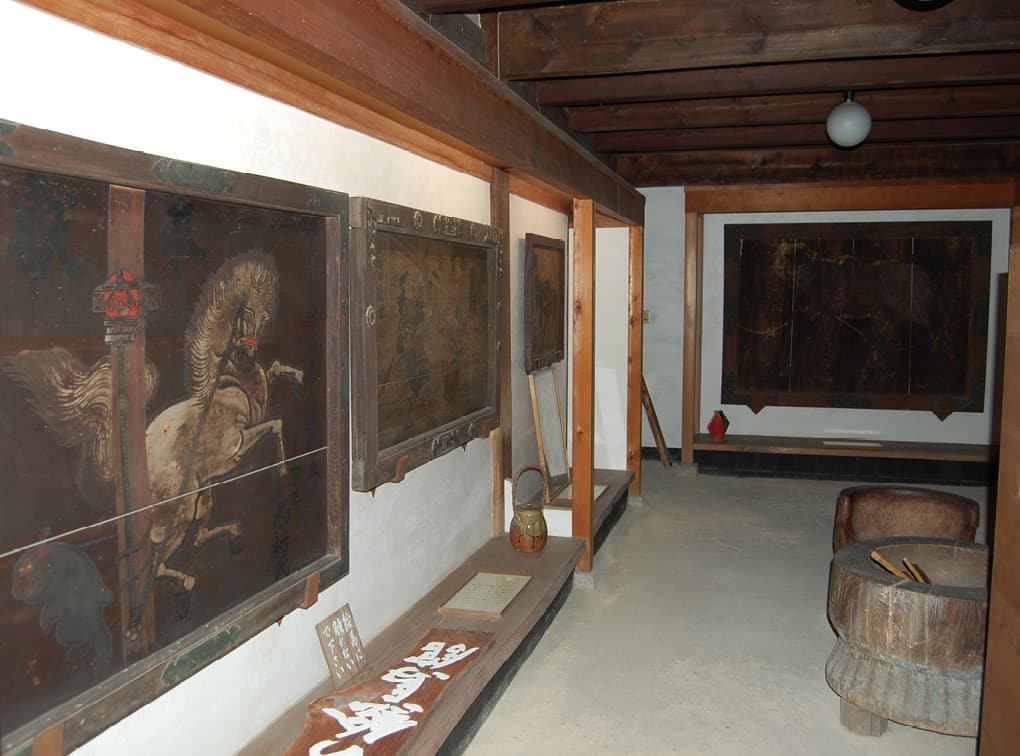
Konpira Ema Gallery and Glass Gallery
Sentiments of belief captured in shrine gifts of huge horse paintings
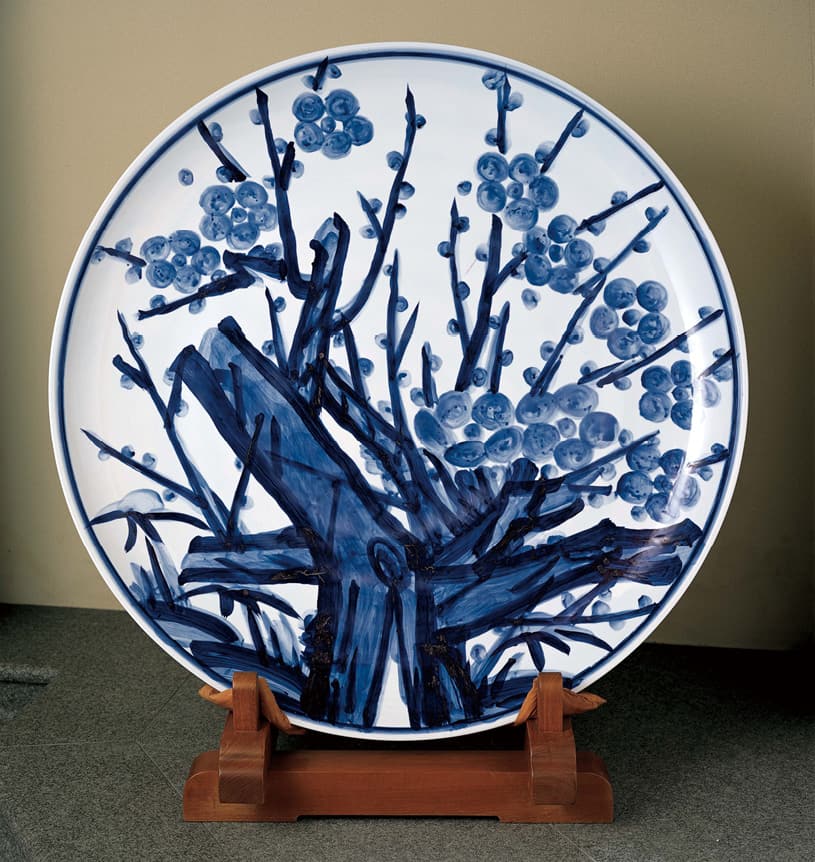
KONDO Museum
“Tradition and Innovation” in blue-on-white porcelain
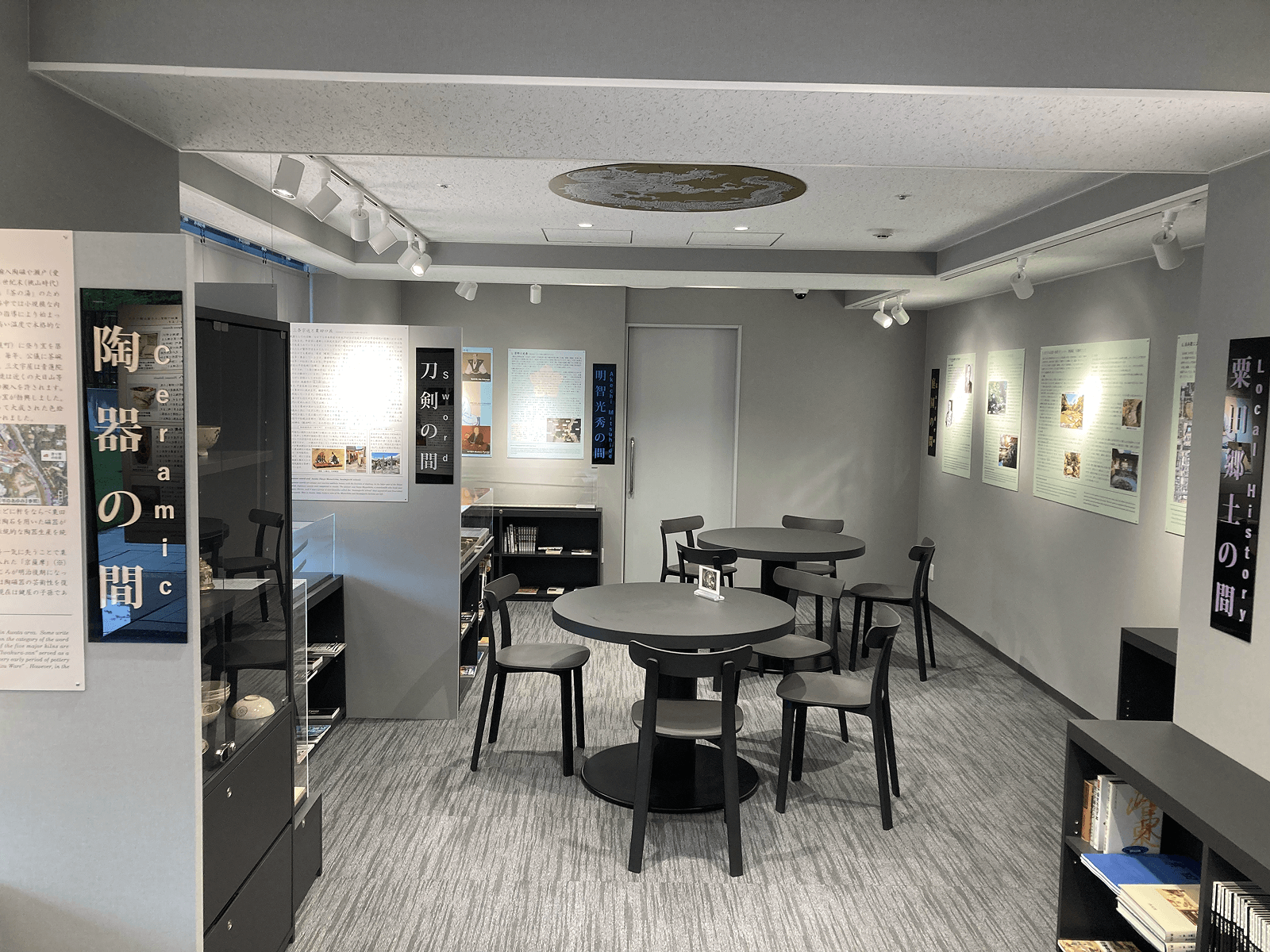
Awata Gallery & Library
A gallery within a library introducing the culture that flourished in Awata, the main entrance to Kyoto
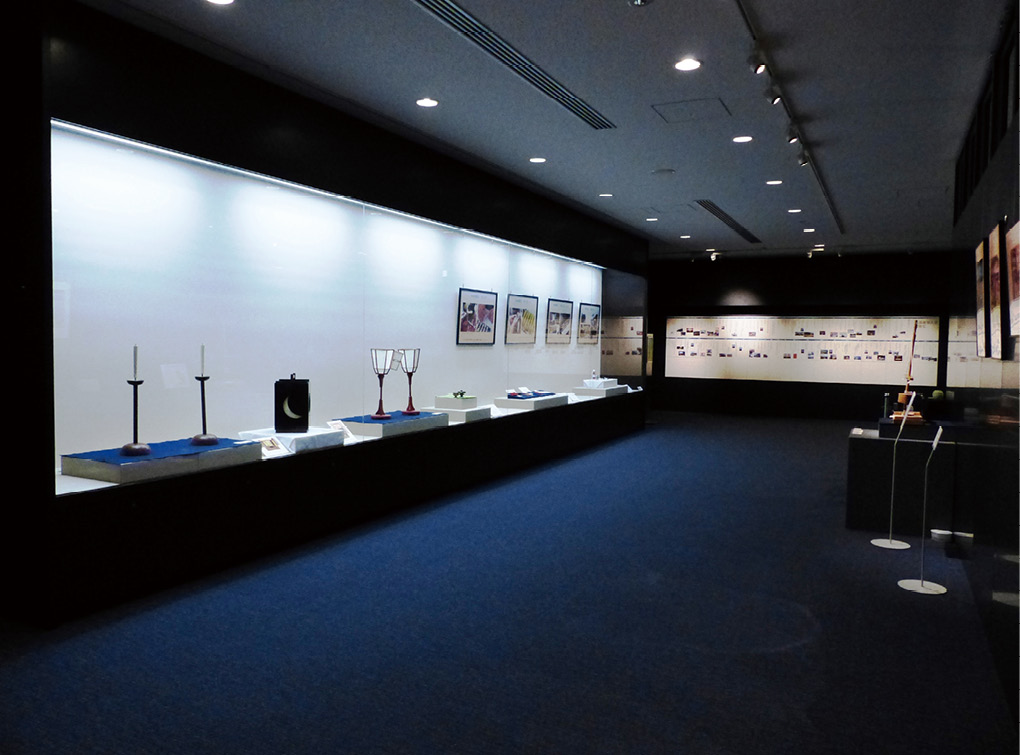
Kyoto Sangyo University Gallery
Making public the results of scholastic surveys and spreading wisdom

